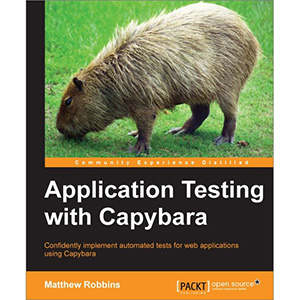Python Geospatial Development

Open Source GIS (Geographic Information System) is a growing area with the explosion of applications such as Google Maps, Google Earth, and GPS. The GIS market is growing rapidly and as a Python developer you will find yourself either wanting grounding in GIS or needing to get up to speed to do your job. In today’s location-aware world, all commercial Python developers can benefit from an understanding of GIS development gained using this book.
Working with geo-spatial data can get complicated because you are dealing with mathematical models of the Earth’s surface. Since Python is a powerful programming language with high-level toolkits, it is well suited to GIS development. will familiarize you with the Python tools required for geo-spatial development such as Mapnik, which is used for mapping in Python. It introduces GIS at the basic level with a clear, detailed walkthrough of the key GIS concepts such as location, distance, units, projections, datums, and GIS data formats. We then examine a number of Python libraries and combine these with geo-spatial data to accomplish a variety of tasks. The book provides an in-depth look at the concept of storing spatial data in a database and how you can use spatial databases as tools to solve a variety of geo-spatial problems.
It goes into the details of generating maps using the Mapnik map-rendering toolkit, and helps you to build a sophisticated web-based geo-spatial map-editing application using GeoDjango, Mapnik, and PostGIS. By the end of the book, you will be able to integrate spatial features into your applications and build a complete mapping application from scratch.
A hands-on tutorial about accessing, manipulating, and displaying Geo-Spatial data efficiently using a range of Python tools for GIS development.
What you will learn from this book :
- Develop applications for GIS development using the Python programming language
- Get to grips with the process of accessing, manipulating, and displaying geo-spatial data
- Understand some of the major data formats you are likely to encounter when working with geo-spatial data
- Analyze and manipulate geo-spatial data directly within your Python programs
- Use powerful Python-based tools for converting geo-spatial data into good-looking maps
- Learn to read and write to geo-spatial data in both vector and raster format
- Represent, transfer, and store geo-spatial data using the Well-Known Text (WKT) format
- Work efficiently with geo-spatial databases using Python
- Solve complex, real-world geo-spatial problems in your applications using the three spatial databases MySQL, PostGIS, and SpatialLite
- Explore some of the frameworks available for creating web-based geo-spatial applications
- Get in touch with major applications and recent trends in the field of Geo-Spatial development
Approach
This is a tutorial style book that will teach usage of Python tools for GIS using simple practical examples and then show you how to build a complete mapping application from scratch. The book assumes basic knowledge of Python. No knowledge of Open Source GIS is required.
Who this book is written for
This book is useful for Python developers who want to get up to speed with Open Source GIS in order to build GIS applications or integrate Geo-Spatial features into their applications.
Book Details
- Paperback: 508 pages
- Publisher: Packt Publishing (December 2010)
- Language: English
- ISBN-10: 1849511543
- ISBN-13: 978-1849511544













